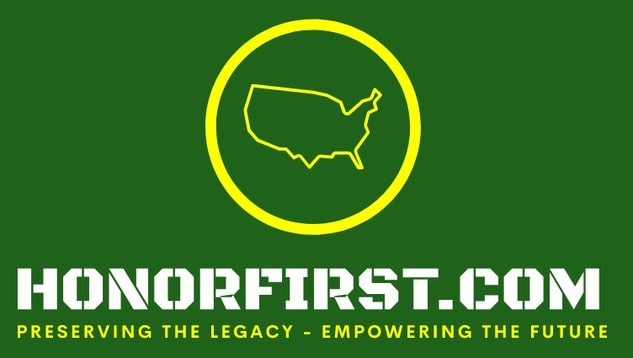December 18 - December 24Good morning! Welcome to another This Week in USBP History! Each week I try to share a story or an idea in this intro section that I hope will lead to changes beneficial to the workforce. This week is no different. But, for those beneficial changes to occur, individuals (usually current USBP leadership) must have the strength to be self-critical. All of us have heard many different definitions of leadership and management. When I think of the concepts, I try to look at them through the lens of the USBP and its workforce. Here's my take, and it's neither absolute or all-encompassing:
Notice what I did there? Running operations is absolutely not synonymous with being a leader! Maybe that's Border Patrol blasphemy... Nevertheless, if a person in a position of authority has a bias toward the mission (over the workforce), then they have a higher propensity of being a good manager of the mission. Remember, that person is measured by those in their charge, not by what they say, but by what they do! Actions and inactions speak louder than words. I've said it before, there is a reason that CBP and the USBP constantly do horribly on the annual Federal Employee Viewpoint Surveys (FEVS). This year is no different. Less than 16% of the USBP workforce responded to this year's FEVS invitation, very clearly indicating a lack of confidence that their participation will make any difference, and recent history shows that they are correct. It is easy to blame poor FEVS scores on one Presidential Administration or other, but know this, the USBP's FEVS scores have ranked in the bottom 10% of the entire federal government for over a decade. So, I'll say this... It's past time for those in positions of authority in CBP and the USBP to have a bias toward their workforce. I believe that slogans such as Mission First, People Always, are horrible because they promote a bias toward managing the mission, usually at the expense of the workforce. Thus, creating not leaders of people but managers of mission. Remember, as Simon Sinek said, "It's not about being in charge, it's about taking care of those in your charge!" In other words, take care of the workforce and let them take care of the mission! To alleviate any doubts, if you wear one of the insignia below in dress uniform or are a professional staff equivalent, I'm speaking to you! This week starts with a 1908 memo by which Mounted Inspector Jeff Milton requests and extension of his leave. We have another El Paso Sub-district gunfight in 1928. And we finish the Documents/Events Section with three references from Joe Banco's books. There are no known Newton-Azrak Award action anniversaries this week. As is the cousin in the newsletter, I will highlight a recipient of which we do not know their action's anniversary. This week's highlight is LeAlan L. Pinkerton. He is a recipient from 1998. I have no additional information. However, I was able to contact LeAlan last week and I hope to be able to update the Newton-Azrak Award page with his information and maybe a few photos. Until then, enjoy the photo to the right. LeAlan and I were in the 2008 Chicago St. Patrick's Day Parade. He let me get on his horse Bullet. Much to the discomfort of all who witnessed me mounting and dismounting (not to mention Bullet), I was wearing a kilt. We also remember three of our fallen on the anniversaries of their deaths. Have a great week! Cliff PS -
Esprit de Corps The workplace climate resulting from a combination of organizational pride and employee morale.
Esprit de corps is reinforced through the shared goals, mission and values of the organization and its employees. The definition turns Esprit de Corps into a simple formula and defines parts that comprise organizational pride and employee morale. Esprit de Corps = Organizational Pride + Employee Morale Esprit de Corps is the key to a healthy organization and engaged employees. Honor First is foundational to the Border Patrol's organizational pride and integral to its Esprit de Corps. Documents/Events 1908
Newton-Azrak Award Action Anniversaries Follow this link to see examples of USBP employees Upholding Honor First.
There are no known Newton-Azrak Award action anniversaries this week. However, I will highlight 1998 recipient: LeAlan L. Pinkerton Nothing is known about the action that led to his selection to receive the award. Recently, I was able to locate and speak with LeAlan. It's my hope that I will be able to share new information with you soon and use it to update the Newton-Azrak Award page. 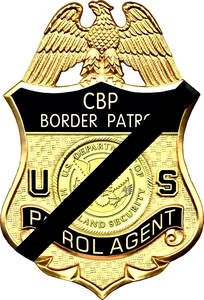 U.S. Border Patrol Badge with Mourning Band U.S. Border Patrol Badge with Mourning Band USBP Fallen As of December 7, 2022, the U.S. Border Patrol has suffered 153* fallen. Titles:
The names that appear below hold a place of honor. They have made the ultimate sacrifice in an effort to fulfill the oath each officer took to protect and defend the United States of America. The facts regarding each officer are presented without major editing of the "language of the day" found in the reports detailing the circumstances of each event. This is done to provide the reader an association with historical timeframes. Employees who died in the line of duty due to being exposed to deadly illnesses will not have the cause of death listed. I will note that Border Patrol Agent John Charles Gigax is not recognized as officially fallen by Customs and Border Protection or the U.S. Border Patrol. The Border Patrol Foundation and the Border Patrol Museum also fail to recognize him. He is remembered by all except organizations containing "Border Patrol" in their title. He is remembered by the:
The U.S. Border Patrol, the Border Patrol Foundation, and the Border Patrol Museum should fix their oversight. HonorFirst.com remembers and lists Agent Gigax among the fallen. 1950
Richard D. Clarke Date of Birth: December 6, 1926 Entered on Duty: February 23, 1949 Title: Patrol Inspector End of Watch: December 18, 1950 Details: At about 1:00 p.m. on December 18, 1950, Patrol Inspector Richard D. Clarke and his teammate, Patrol Inspector Ralph L. Trantor, took Eulalio Cordero, an illegal alien, into custody in south El Paso. They were bringing him to headquarters by automobile for further questioning when the alien suddenly stabbed Inspector Clarke in the heart. His death was instantaneous. The alien then seized Inspector Trantor's gun. Patrol Inspector Trantor slammed on the car's brakes, held on to the gun and threw himself into the back seat where he grappled with the alien and succeeded in holding him until police officers arrived. During the struggle, Trantor's gun was discharged once, the bullet passing through a car seat. Inspector Trantor was badly bitten on the face and arms. The incident began as a routine immigration procedure. Inspector Clarke questioned Cordero on a street in El Paso, Texas. First claiming to be a citizen of the United States, he later admitted he was an illegal alien. Cordero was charged with murder. Gravesite 2004 George R. DeBates Date of Birth: November 19, 1972 Entered on Duty: April 25, 1999 Title: Border Patrol Agent End of Watch: December 19, 2004 Details: On December 19, 2004, Agent George R. DeBates was involved in a single-vehicle accident while on patrol near Pisinimo, Arizona. He died as a result of his injuries. Agent DeBates was working on a camp detail while assigned to the Casa Grande Station. Agent DeBates is the fourth Department of Homeland Security employee to die in the line of duty since the Department was created in March 2003. Originally, from Wisconsin, Agent DeBates was a graduate of the 403rd session of the Border Patrol Academy. A four-year veteran of the Border Patrol, Agent DeBates was assigned to the Casa Grande Station, on detail to the Ajo Station. Gravesite 2019 Luis O. Peña Jr. Date of Birth: July 16, 1977 Entered on Duty: January 27, 2003 Title: Border Patrol Agent End of Watch: December 23, 2019 Details: On December 23, 2019, Border Patrol Agent Luis O. Peña Jr. succumbed to complications related to significant injuries he received from a vehicle accident (roll over) on the Tohono O’odham Nation on October 18, 2007. BPA Peña was medically retired on October 8, 2010. Agent Peña entered on duty with the United States Border Patrol on January 27, 2003, as a member of the 538th session of the Border Patrol Academy. He was assigned to the Casa Grande Border Patrol Station in the Tucson Sector following his graduation. Agent Peña served with the United States Border Patrol for over seven years.
Comments
|
Clifford GillBlog author, retired U.S. Border Patrol Assistant Chief and, current U.S. Border Patrol employee advocate. Ray HarrisSite founder and owner, former Supervisory Border Patrol Agent and retired Immigration Special Agent. Joseph BancoU.S. Border Patrol historian and retired Deputy Chief Patrol Agent. Archives
July 2024
I prefer that you leave comments. However, if you wish to contact me, please do so by emailing [email protected].
|
- Home
-
For USBP Applicants
-
USBP Pages and Links
- Firearms Qualification Course
- Military Time Buy Back
- Station MWRs
- Transitioning Out of the USBP
- Fast & Furious
- U.S. Border Patrol Fallen >
- Honor First and Esprit de Corps
- USBP Photo Galleries
- U.S. Border Patrol History >
- U.S. Border Patrol Honorary Awards
- Upholding Honor First >
- U.S. Border Patrol Authorized Devices
- Border Patrol Stories
- What's Important Now - Academy Podcast
- Badges
- Veterans
- Tips for the Media
- Links
- Acronyms
- Border Patrol Locations
- Sector/Station FaceBook Pages
- Ten Codes
- Online Forums
- Search
- Home
-
For USBP Applicants
-
USBP Pages and Links
- Firearms Qualification Course
- Military Time Buy Back
- Station MWRs
- Transitioning Out of the USBP
- Fast & Furious
- U.S. Border Patrol Fallen >
- Honor First and Esprit de Corps
- USBP Photo Galleries
- U.S. Border Patrol History >
- U.S. Border Patrol Honorary Awards
- Upholding Honor First >
- U.S. Border Patrol Authorized Devices
- Border Patrol Stories
- What's Important Now - Academy Podcast
- Badges
- Veterans
- Tips for the Media
- Links
- Acronyms
- Border Patrol Locations
- Sector/Station FaceBook Pages
- Ten Codes
- Online Forums
- Search
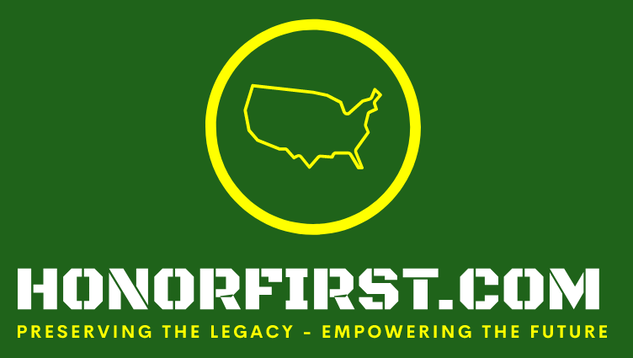






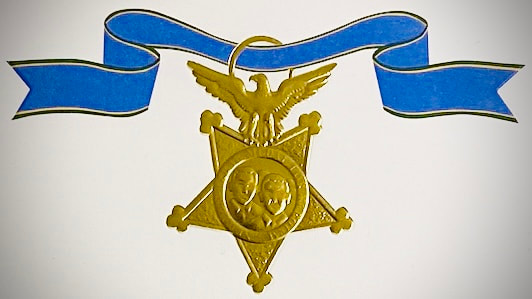
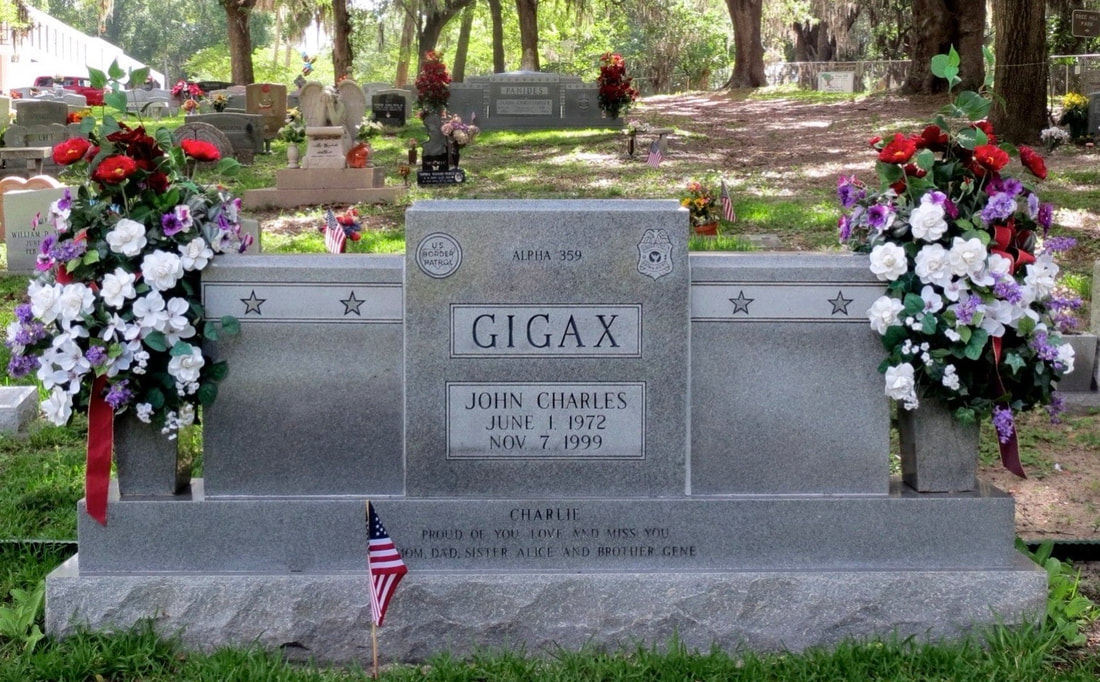
 RSS Feed
RSS Feed
